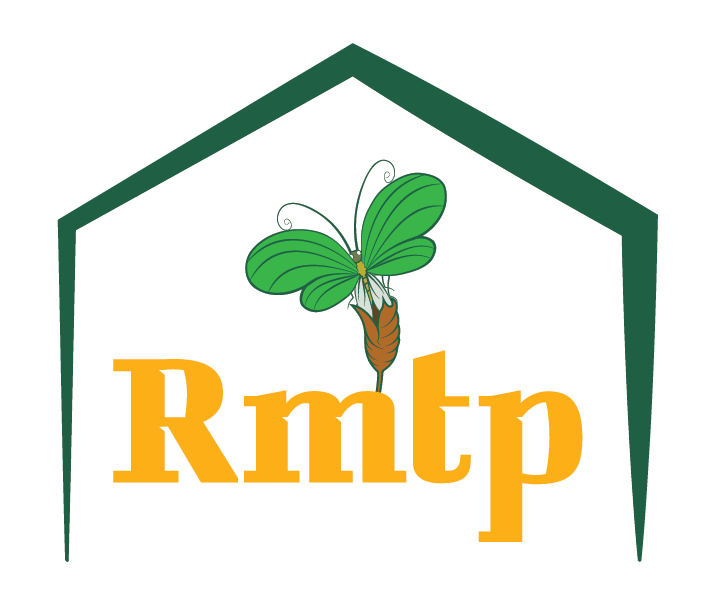Crop and Horticulture Sector:
Bangladesh is part of the Next Eleven group, identified as having the potential to become one of the largest economies in the world in the 21st century. About 63% of Bangladesh’s 161.4 million people live in rural areas and depend directly or indirectly on agriculture for their livelihood. However, the number of middle-income and affluent consumers is expected to increase to 34 million by 2025. The country’s gross per capita income has grown from $440 in 2000 to $1,750 in 2018. This economic growth will likely lead to an increased demand for food and a shift towards safe and nutritious dietary preferences.
Bangladesh has approximately 9.2 million hectares of agricultural land, with 60% being irrigated. The country is divided into 30 agro-ecological zones based on soil quality and climate. Bangladesh produces over 100 types of vegetables, 70 types of fruits, and 60 types of spices. The agricultural sector’s performance has improved over the years, with about 100 types of fruits and vegetables exported to more than 43 countries.
The RMTP, supported by PKSF, IFAD, and DANIDA, is implementing 36 value chain sub-projects to develop the crops and horticulture sub-sector. These projects include “Expansion and marketing of high-value fruits and crops,” “Production and marketing of eco-friendly safe vegetables,” and “Expansion of tulip flower cultivation” in the northern part of the country. Through these value chain sub-projects, 151,561 farmers and small entrepreneurs from 33 districts will receive technical training, including Good Agricultural Practices, improved varieties of fruits, crops, and vegetable seeds & seedlings, technical assistance, branding, certification, and market expansion support.


